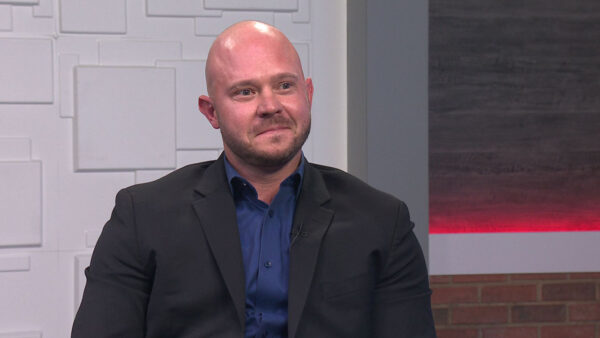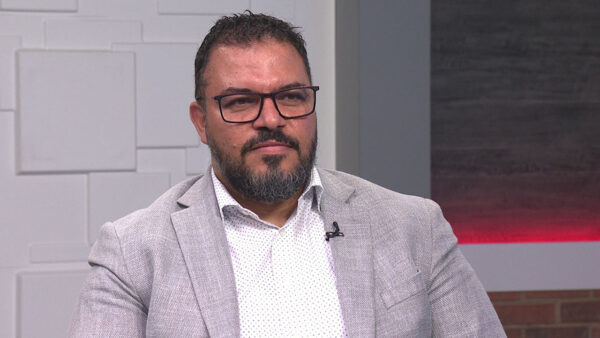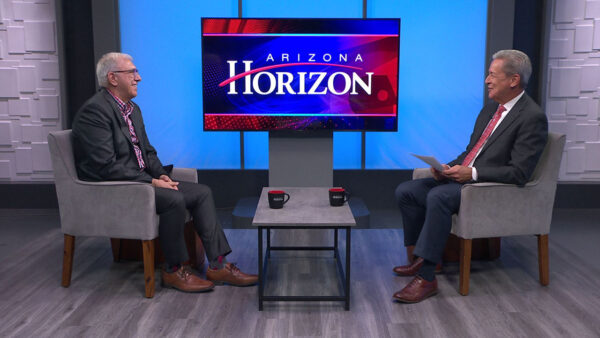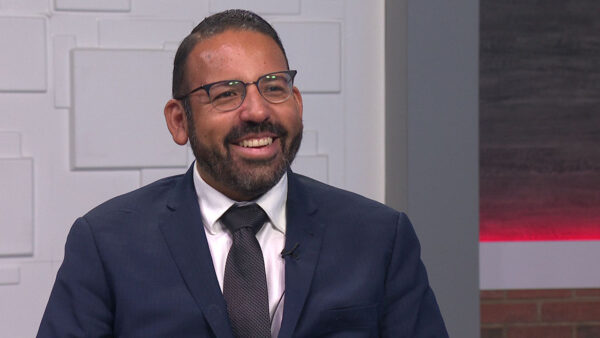Valve replacement procedure TAVR revolutionizes aortic stenosis treatment
May 7, 2024
An innovative approach to treating aortic stenosis is coming to the West Valley, providing a much-needed option for patients with limited valve repair choices. Dr. Parminder P. Singh, Director of Cardiology at Banner Estrella Medical Center, joined Arizona Horizon to provide a deep dive on Transcatheter Aortic Valve Replacement procedure (TAVR).
“Aortic stenosis is one of the most common conditions in older folks who are 65 and older, where there is a valve in their body which is so tight that the heart is unable to pump the blood freely into the body,” Dr. Singh said.
Dr. Singh says that the most common symptoms of aortic stenosis include shortness of breath, chest discomfort and tightness, fatigue, tiredness and passing out. If left untreated, it can lead to heart failure and Dr. Singh says that 50% of people die in two years.
“For many years, the only way to fix the aortic valve was through open heart surgery,” Dr. Singh said. “For the last 10 years now, we have this technology, almost 12 years, where you can go through a big artery in your groin, all the way into the heart, and put the valve inside the old valve and deploy in such a way, that the patient can be discharged within 24 hours.”
TAVR is a minimally invasive approach that involves threading a new valve through a catheter, usually inserted in the leg, and guiding it to the heart’s aortic valve. Once in place, the new valve takes over the role of the damaged valve, allowing for improved blood flow without the need for extensive surgery.
What are the benefits of TAVR?
- Less invasive
- Option for high-risk patients
- Shorter hospital stay
- Faster recovery
Are there any risks related to TAVR?
As with any medical procedure, there are some risks involved with TAVR. According to the National Heart, Lung and Blood Institute, risks can include:
- Damage and bleeding where the catheters were inserted
- Injury to the kidneys or the heart
- Leaking in the new valve due to not fitting well
- Need for a permanent pacemaker due to damage to the heart’s electrical signaling during the procedure
- Stroke
Most health care insurance companies including Medicare and Medicaid cover this procedure.























